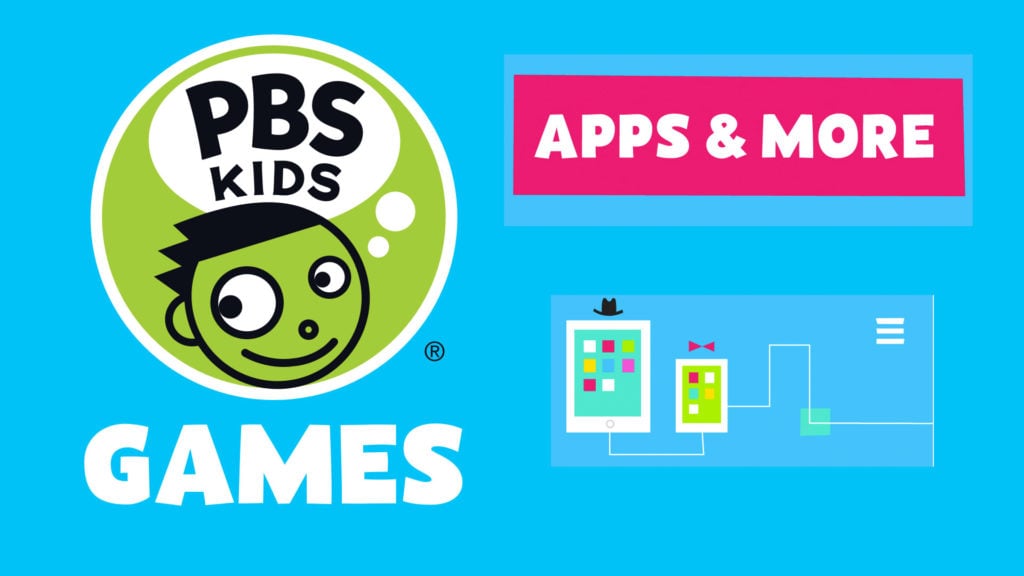

Level Up Your Knowledge: What’s New and Noteworthy in Kids’ Video Games
Video games are no longer just simple pastimes; they are dynamic, evolving ecosystems that play a significant role in the lives of many children. For parents, guardians, and educators, staying informed about this rapidly changing landscape is crucial. Understanding the latest trends, releases, and, critically, safety features, allows adults to guide children towards positive gaming experiences while mitigating potential risks. This article explores the current state of kids’ game news, highlighting key trends, important developments, and what you need to know to navigate this digital playground.
The Ever-Expanding Digital Playground
The world of kids’ games is more diverse and accessible than ever before. It’s not just about consoles under the TV anymore. Children are engaging with games on smartphones, tablets, PCs, and even through educational platforms. This multi-platform availability means that “kids’ game news” isn’t confined to big console releases; it encompasses updates to popular mobile apps, new features in creative sandbox worlds, developments in educational software, and shifts in online safety protocols.
Current Trends Shaping Kids’ Gaming
Several major trends are currently dominating the kids’ gaming scene:
-
- Creative Sandbox Worlds Remain King: Games like Minecraft and Roblox continue to be immensely popular. These aren’t traditional games with linear storylines; they are platforms for creativity, exploration, and social interaction. News in this space often revolves around major content updates, new features for creators (allowing kids to build their own games or experiences within the platform), and events (like virtual concerts or themed challenges). Their enduring appeal lies in giving kids agency and a space to build, explore, and connect with friends.

- The Rise of Educational and “Edutainment” Games: Developers are increasingly focusing on integrating learning into gameplay. This goes beyond simple math drills; it includes games that teach coding concepts, history, science, problem-solving, and critical thinking through engaging narratives and mechanics. News here might cover new educational game releases, partnerships between game developers and educational institutions, or updates to existing platforms that enhance their learning capabilities.
 Mobile Gaming Dominance: For many kids, their first gaming device is a parent’s or their own smartphone or tablet. The mobile market is flooded with games aimed at children, ranging from simple puzzle games and endless runners to more complex strategy or simulation titles. News in this area often involves new app releases, updates that add content or features, and unfortunately, sometimes news related to aggressive monetization tactics (ads, loot boxes, in-app purchases) which parents need to be aware of.
Mobile Gaming Dominance: For many kids, their first gaming device is a parent’s or their own smartphone or tablet. The mobile market is flooded with games aimed at children, ranging from simple puzzle games and endless runners to more complex strategy or simulation titles. News in this area often involves new app releases, updates that add content or features, and unfortunately, sometimes news related to aggressive monetization tactics (ads, loot boxes, in-app purchases) which parents need to be aware of.- Subscription Services and Curated Libraries: Services like Apple Arcade, Google Play Pass, and dedicated kids’ subscription platforms offer curated libraries of games without ads or in-app purchases, providing a safer and more predictable experience. News here focuses on new games added to these services, expansions into new markets, or changes in subscription models.
- Creative Sandbox Worlds Remain King: Games like Minecraft and Roblox continue to be immensely popular. These aren’t traditional games with linear storylines; they are platforms for creativity, exploration, and social interaction. News in this space often revolves around major content updates, new features for creators (allowing kids to build their own games or experiences within the platform), and events (like virtual concerts or themed challenges). Their enduring appeal lies in giving kids agency and a space to build, explore, and connect with friends.

- Social Interaction is Key: Many popular kids’ games have strong social components. Kids want to play with their friends, whether building together in Minecraft, exploring worlds in Roblox, or competing in child-friendly multiplayer games. News often highlights features that enhance social play, but also, importantly, updates to safety features designed to protect children interacting online.
Beyond the Hype: What Parents Need to Watch For
While new game releases and exciting features grab headlines, responsible adults need to pay attention to other critical areas:
- Safety and Parental Controls: This is arguably the most important area of kids’ game news. Platforms (consoles, app stores, individual games) are constantly updating their parental control options. News might include:
- More granular controls over screen time limits.
- Enhanced chat filtering and moderation tools.
- Easier ways to manage or disable in-app purchases.
- Improved privacy settings.
- New features for reporting inappropriate content or behavior.
Staying updated on these features is vital for creating a safe gaming environment.
- Data Privacy: With online games, data collection is a concern. News might cover changes in privacy policies, updates on how children’s data is handled, or reports on compliance with regulations like COPPA (Children’s Online Privacy Protection Act) in the US or GDPR-K (GDPR for Kids) in Europe.
- In-Game Purchases and Monetization: While some games are free, they often rely on in-game purchases (cosmetics, power-ups, loot boxes). News often reports on new monetization strategies, regulatory discussions around loot boxes (especially concerning their similarity to gambling), and tools platforms provide to help parents track and limit spending.
- Accessibility Features: Game developers are increasingly focusing on making games accessible to children with diverse needs. News in this area might highlight features like adjustable text sizes, colorblind modes, remappable controls, or options for simplified gameplay, ensuring more kids can enjoy games.
Notable Developments (Examples of News Types)
Instead of listing specific game titles that might quickly become outdated, let’s consider the types of “news” you might encounter:
- **Major Updates to Established







